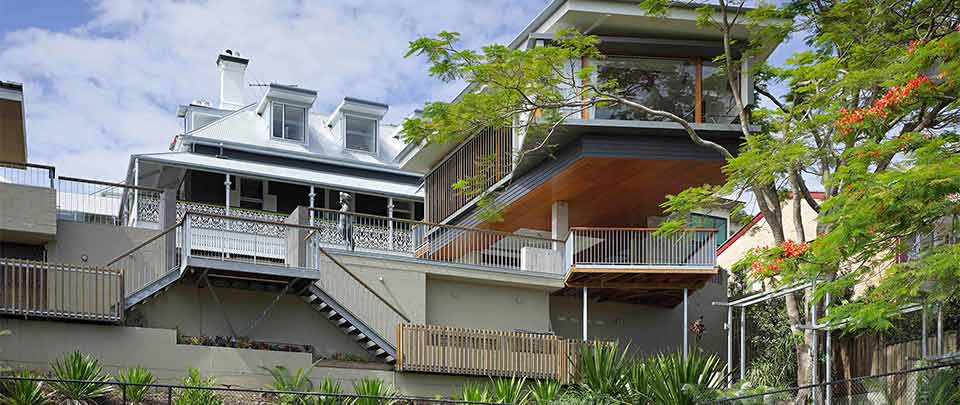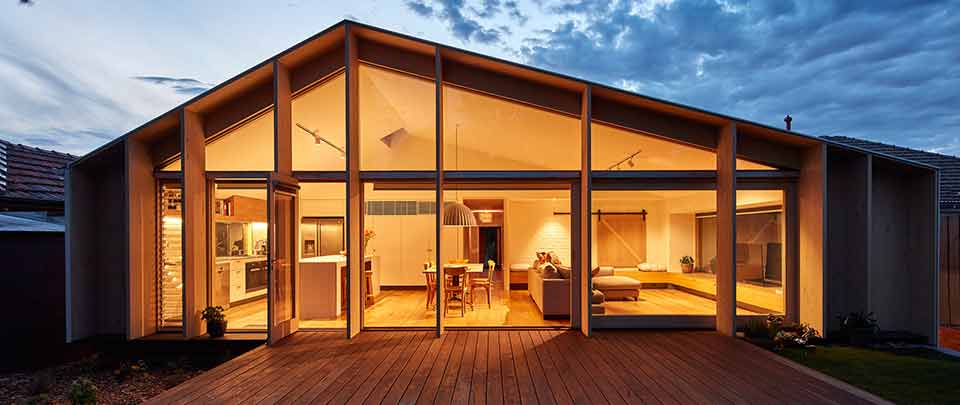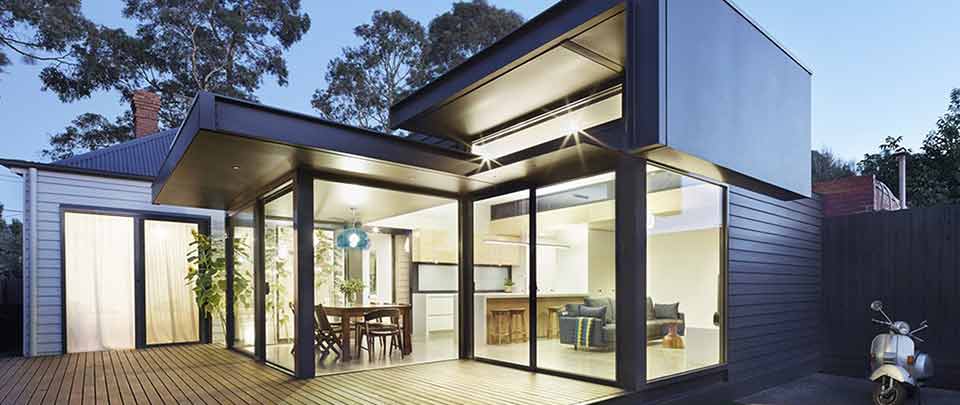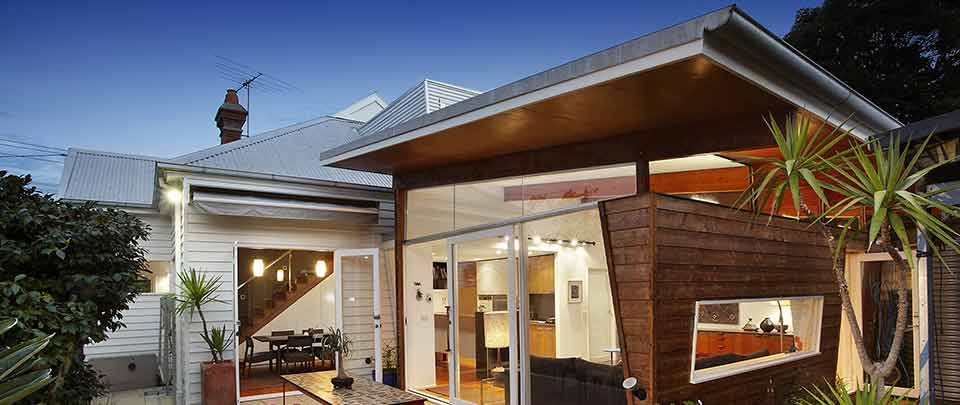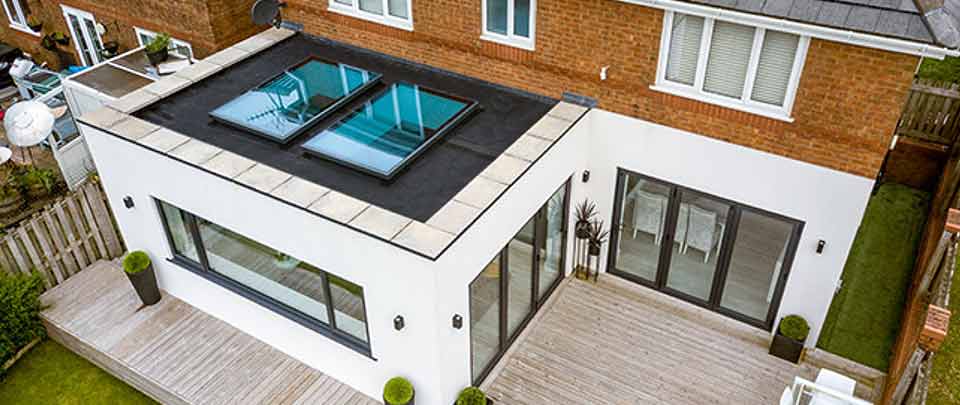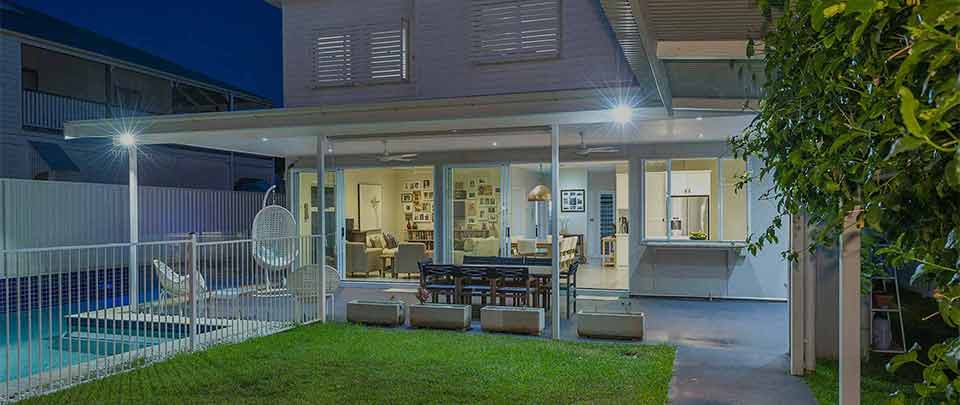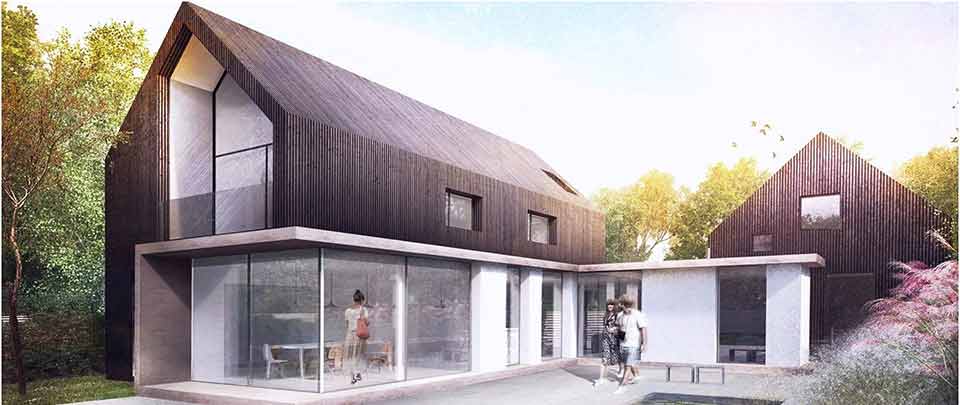The Advantage of a Roof Extension
Any significant works carried out on your home will have a profound impact on the look and feel of the property, but few works are quite so impactful as a roof extension. Changing the design or size of the roof—even just changing the visible finish on the roof—can dramatically change the look of your house, making seem more or less modern, considerably larger, or more compact. Seemingly innocuous changes to your roof can, for good or ill, completely change the way your property is viewed—both by you and others.
The truth is there is a multitude of advantages to a roof extension, and choosing the right roof type will ensure that you achieve whatever goal it is you had in mind before you started. But before you can make that choice, you need to have a good grounding in what the different roof styles are, and what they might bring to your home. But before we get to that, let’s make sure we’re all on the same page about what a roof extension is.
What Do We Mean by “Roof Extension”?
A common misunderstanding when talking about roof extensions is the assumption that the roof is part of an extension being built onto the building itself. After all, if you decide to add another room to the side of your property, that room is going to need a roof over it.
In reality, that is technically a roof extension as the roof is being extended, but a roof extension does not require an additional structure to be built for the roof to go on top of. A roof extension can simply mean replacing the existing roof or converting it to a different style, or extending the eaves—or overhang—around the edge of the property.
The amount of work involved in a roof extension will vary significantly depending on what kind of extension it is. For example, extending the overhang of a gable roof will require relatively little work (compared to other extensions, that is), whereas replacing a flat roof with a hip roof will require a great deal of work, and converting a hip roof to a gable roof would fall somewhere in between.
Don’t worry; we’re going to cover what these words mean very shortly.
Of course, the type of roof extension work you have done is the ends to your means. Nobody has a roof extension just for the sake of it, so before we go any further, let’s take a look at some of the most common reasons for a roof extension.
The Most Common Reasons to Have a Roof Extension
There will always be unique, fringe-case reasons to do something, but in the case of roof extensions, the reason this kind of work can usually be boiled down to one of these main reasons.
Having an Extension Built
We’ve already mentioned it above, so let’s start here. Any extension onto your property is going to need a roof over it, which is the most popular reason for a roof extension. This kind of work involves building a new—albeit smaller—roof from scratch. This can give you a certain amount of freedom from a structural point of view since you won’t necessarily have to tie your roof extension into an existing roof, but you will likely still be limited in your stylistic choices by the aesthetics of the existing roof. Or, to put it another way, you don’t want to create a mismatched eyesore.
Adding a Attic
For some homes, the existing roof may be too small to accommodate a decent-sized attic. The obvious case here is flat roofs—which leave no space for an attic—but there are other types of roof that don’t leave enough space for a good-sized attic. Examples of this include mono-pitch roofs and low hip roofs. Again, we’ll explain these terms shortly.
You may want to extend your roof to accommodate an attic that you intend to use as storage, improve ventilation, or even create a loft room. Whatever your reason, extending your roof upwards can make this possible.
Extend the Eaves/Overhang
The eaves are the bit of your roof that hangs over the edge of the wall. The primary purpose of the overhang is to make sure that rain is kept far enough away from the walls of the house to minimise the detrimental effects of the weather. If you find your overhang is not up to that task, you may want to extend it.
Extending the eaves of your roof does not usually mean any significant change to the look of your roof—you are literally just extending your existing roof out a little farther—and requires relatively little work compared to a full extension build or conversion to a different style.
Partial Conversion
In some cases, it may not be necessary to completely change the style of the roof to get the additional space you require. One example of this is converting a hip roof to a gable roof, which would not increase the height of the roof, but would add more vertical space at the converted ends of the roof, which may be enough space for your needs.
Different Roof Types
We promised we explain what all those terms we’ve been using are, so let’s get into a brief explanation of what all these types of roof are.
Gable Roof
Gable roofs are one of the most commonly found in residential properties and sport the familiar triangular shape that is synonymous with children’s drawings of houses throughout history. These kinds of roofs are ideal for attics because they provide plenty of internal space. They are also one of the most straightforward roofs to construct.
Hip Roofs
Hip roofs are similar to gable roofs with the exception that they are often lower, and they have a pitch on all sides, rather than just two. Hip roofs are great for standing up to the elements, but they don’t provide a lot of usable internal space.
A popular type of roof extension is converting a hip roof to a gable roof because much of the existing roof can be reused. Instead of replacing the whole thing, just two ends of the roof are replaced, extending the pitch of the other sides to the edge of the building. This creates a surprising amount of additional space inside.
Flat Roofs
Flat roofs represent the most straightforward work to be done, since the existing roof can be removed entirely and the roof extension built on a clean slate, so to speak. Flat roofs are also prime candidates for roof extensions that involve just extending the overhang. As the roof is already flat, an overhang can be extended to create large sheltered areas on the ground, such as a sheltered deck or patio. Be aware that a sufficiently large overhang will require additional supports, most likely in the form of upright posts between the extended overhang and the ground.
Mono-Pitch Roofs
Mono-pitch roofs are basically flat roofs at an angle. In terms of removing the existing roof to extend it with a new style, there is not much difference between this style of roof and a flat roof. As far as extending the overhang goes, there is no reason you can’t, but the overhang will either be angled or will require a pitch change to get it parallel with the ground.
Other Styles
There are other styles of roof that you may want to extend; however, they are, for the most part, either the same as what we have already described or just need removing entirely. For example, a dual pitch roof is essentially a gable roof with an asymmetrical pitch. The roof clearly looks different, but any extension work would be more or less the same. For more elaborate styles of roof, such as butterfly roofs, it is likely the roof would need to be removed entirely to extend it.
Final Thoughts
Roof extensions can be necessary for a lot of reasons, though the desire for more (or some, if there isn’t any) attic space is a very common one. Having attic space not only provides you somewhere to put those boxes of old things you refuse to throw away but also serves as a handy place for certain services to be housed, such as water tanks.
That being said, the benefits of a sizeable roof void cannot be overstated in a country like Australia. A good-sized attic with proper roof ventilation in place will do wonders for the regulation of temperature and moisture in your home and may be a good enough reason for a roof extension all on its own.
Whatever your reasons, always be sure to consult a professional before making any plans, and certainly before starting any work yourself. Roofing is a deceptively complex trade, and there may be better solutions to your problem than whatever you have in mind that you wouldn’t think of due to inexperience. Or there could be reasons why your intended roof extension wouldn’t solve the problem you think it would.
And always take a moment to fully consider the way your home will look after the extension. As we said at the top of this post; changing the roof of a building can dramatically change the look and feel of it. Make sure you’re happy with that look and feel before you go ahead with the work.

